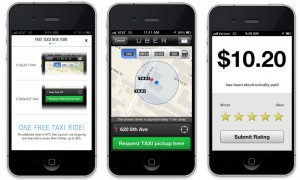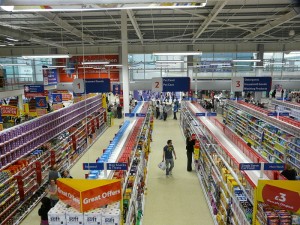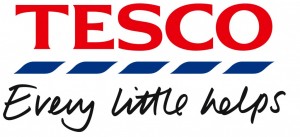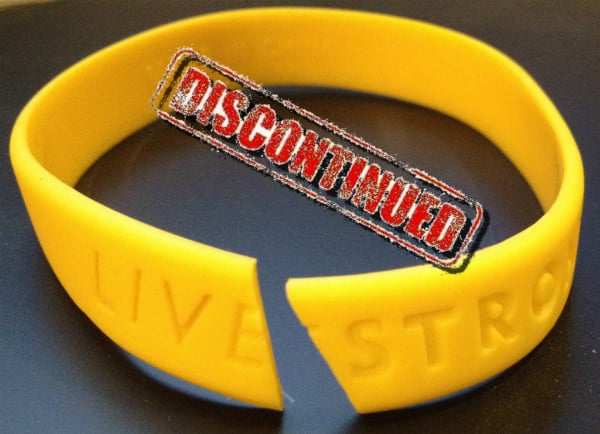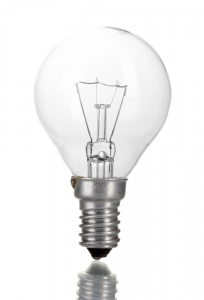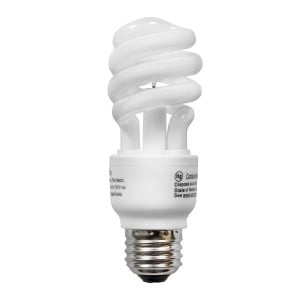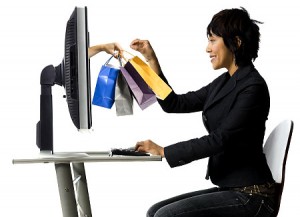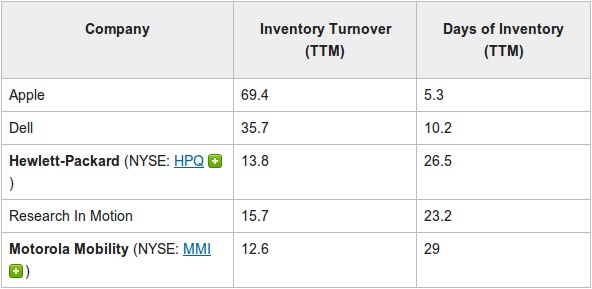Recently in class we talked about operations strategy in a global environment as well as the challenges in Operations management, we touched on some of the reason why companies decide move their headquarters elsewhere and the advantage that globalization brings. One slide from the PowerPoint presentation jump out at me as I was contemplating on what to write for my second blog post. The slide was about the cultural and ethical issues that these companies experience when globalizing, and immediately one company came to mind, Nordstrom. From research that I have done, Nordstrom’s focus is to provide “fair” treatment wherever they do business. Nordstrom expects his business suppliers to comply with the applicable laws and regulations of the United States as well as having set up an internal risk department that conducts annual risk assessments through internal audits. These risk assessments help to identify areas of potential risk in Nordstrom supply chain. This assessment includes monitoring for human trafficking and slavery risk within the supply chain.
Nordstrom is one of those companies that work through an e global commerce provider, border free, that allows them to offer international shopping. Through this global commerce provider, Nordstrom customers are allowed to convert from American dollars to any local currency they also show the customer all the duties and taxes that need to be paid by that customer, they comply with customs; making sure that packages are Customs-friendly and meet all the requirements both in the U.S. and around the world, and they are aware of product restrictions. This e global commerce provider facilitates Nordstrom’s communication with the rest of the world, it facilitates business transactions and it provides a good understanding of Nordstrom product to other people who are not familiar with their products.
This global expansion has been very successful for Nordstrom. In 2012, it increased e-commerce sales 42.4% to $1.3 billion from $913.0 million, and they are expecting in growing web sales to 6 billion in 2020. E-commerce sales account for part of 25% of total revenues for Nordstrom.
https://www.internetretailer.com/2013/02/28/web-represents-nearly-28-nordstroms-sales-growth
Today, Nordstrom continue to increase with web sales growth of 33% in their first quarter. According to Mike Koppel Nordstrom executive vice president and chief financial officer, they plan to invest 3.9 billion in capital over the next five years, the main focus being on serving more customers through store and online growth.
http://www.internetretailer.com/2014/05/19/nordstrom-invests-heavily-e-commerce
Nordstrom has also taken one of the new challenges in operations management, which is sustainability. People today are more concern with “protecting the planet” as well as recycling. Boxes given to customers when there is a purchase are made from 100% recycled fiber, saving 400 tons of paper annually. Bags are made of 80 percent recycled content and are recyclable, catalogs too, comes from certified sustainable managed forest and it also comes from paper already used. Their restaurants are local, healthy and ecofriendly.
http://shop.nordstrom.com/c/nordstrom-cares
My questions is:
Do you think that the operations management challenges such as sustainability is increasing Nordstrom e-commerce?
